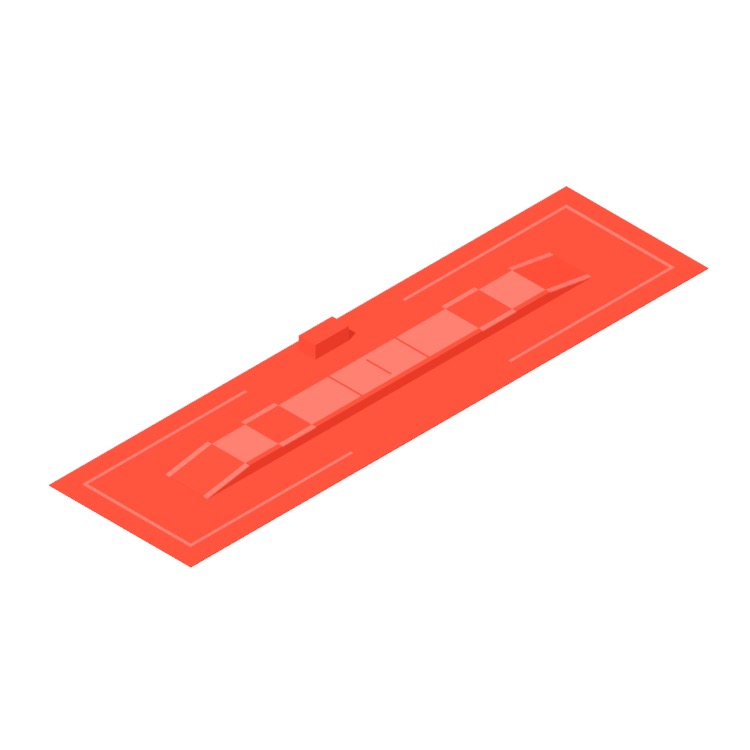
Fencing is a combat sport that involves two opponents facing off with slender swords. There are three types of weapons used: foil, épée, and sabre, each with its own rules and target areas. In foil and épée, points are scored by touching the opponent with the tip of the sword, while in sabre, both the tip and the edge can score hits. The target area varies by weapon: the torso for foil, the entire body for épée, and the upper body for sabre. Fencers wear protective gear including a mask, jacket, and glove. Skills needed include agility, strategy, precision, and quick reflexes.
Fencing is popular in countries like Italy, France, Hungary, and Russia, with major competitions including the Olympic Games and the Fencing World Championships.
Fencing originated as a form of military training, simulating sword combat. It evolved into a sport in Italy and France during the 15th and 16th centuries. Initially, it was practiced with little protective gear, but as the sport developed, safety equipment like masks and padded jackets were introduced. The 19th century saw the standardization of rules and equipment, distinguishing between the three weapons: foil, épée, and sabre.
Fencing became an Olympic sport in 1896, showcasing its blend of athleticism, strategy, and elegance. Over time, electronic scoring was introduced, enhancing the accuracy of judging hits and adding a modern aspect to this traditional sport.
Fencing is growing with a focus on technological advancements and broader accessibility. Modern equipment and electronic scoring systems are continually improving, making matches more precise and exciting for both fencers and spectators. The sport is expanding globally, with increasing participation in regions beyond its traditional European strongholds. Efforts to make fencing more accessible and appealing to the youth are underway, through initiatives like educational programs and clubs.
There's a rising interest in non-traditional formats, such as team events and mixed-gender competitions, adding diversity and inclusivity. These trends reflect fencing's dynamic evolution, maintaining its appeal as a sport that combines physical skill with strategic thinking.
There are three different types of fencing and they all have specific words. Foil is one sword and is a lightweight and flexible sword used for thrusting or poking. Épée is the second sword and is much like the foil, but it’s much stiffer. Sabre is the third and final sword that is meant for thrusting and cutting.
Origins of fencing are believed to date back to Spain when swordsmen were doing trails for duels and self-defense training. Modern fencing originated in Italia in the 18th century for the same reason: to development swordsmanship skills on footwork and how to handle a sword against opponents.
Points are awarded using the tip of your sword to strike your opponent. Depending on the three types of fencing, scoring is different in all three disciples. In foil you accumulate points by only striking the torso, épée is scored when hitting the entire body, and sabre allows a hitbox above the torso including arms and head.







